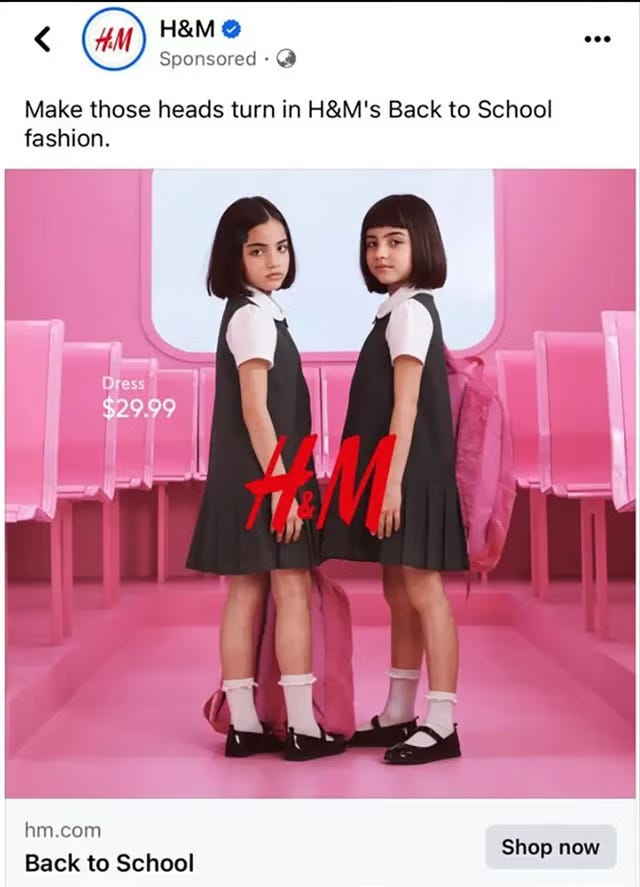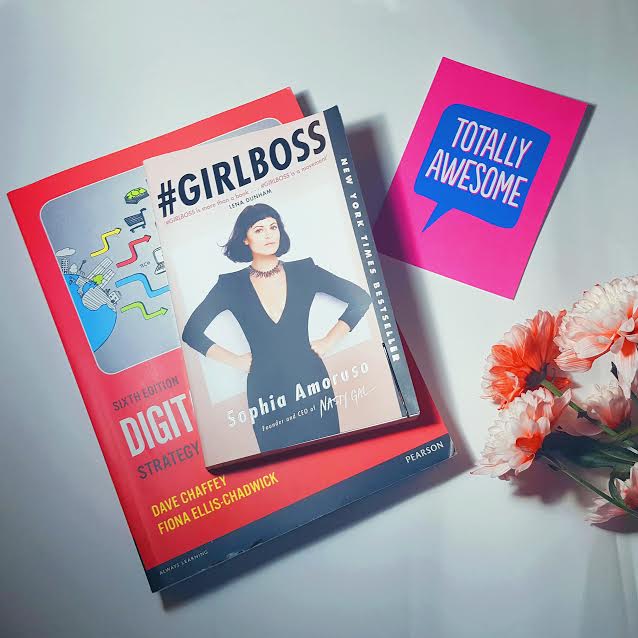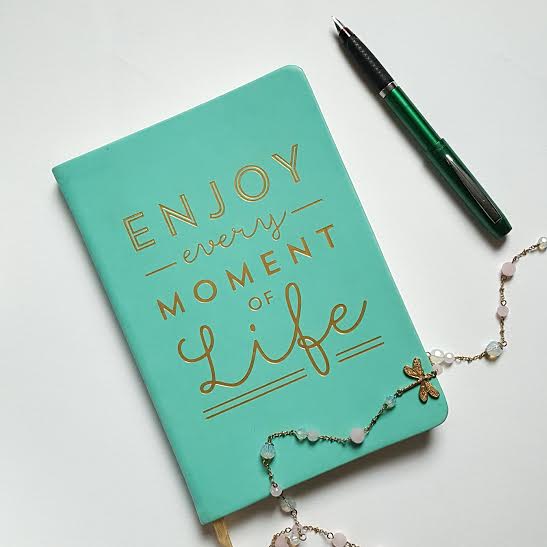H&M F*cked Up – Here’s How To Avoid Making The Same Mistake.
I don’t know about you, but when I think about big global brands, I imagine they have it all.
Huge budgets to play with, the best people in their team & even better staff discounts.
And yet, they can still fuck up. Big time.
Last week H&M were forced to pull an advert which featured their school uniforms.
The image showed two primary school-aged girls, standing side-on, looking over their shoulder at the camera.

Nothing too offensive there right?
Well, that’s when the copywriting turned into a calamity.
“Make those heads turn with H&M’s back to school fashion”
Eeesh.
Who decided ‘make those heads turn’ was the perfect cation for an image of primary school girls? And who then signed off on this?
So many questions, so few valid answers.
The brand was accused of sexualising young girls and was forced to release a statement to apologise.
When writing content you’ve got to remember words hold immense power to shape perceptions, influence behaviour, and reflect the ethos of the brands we represent.
Copywriting requires a delicate balance between creativity and an understanding of the social context in which our messages will be received.
It’s crucial to anticipate the potential impact of our words.
So without further ado, here’s how to avoid the same mistake as H&M when copywriting:
- Sensitivity Matters: Understand the cultural nuances and potential sensitivities related to the product or service you’re promoting. In this case, the cultural significance of school uniforms should have been approached with greater care.
- Diversity in Decision-Making: Encourage diverse perspectives within your creative team to ensure a comprehensive evaluation of the potential implications of your copy.
- Listen and Adapt: When concerns are raised, it’s essential to listen and, if necessary, adapt. Brand reputation is built on trust, and a willingness to acknowledge and rectify mistakes is key.
- Continuous Learning: The landscape of acceptable language and messaging is ever-evolving. Commit to continuous learning, staying informed about societal shifts, and adapting our approaches accordingly.
And if in doubt, get a fresh pair of eyes to look over it for you.



Leave a Comment